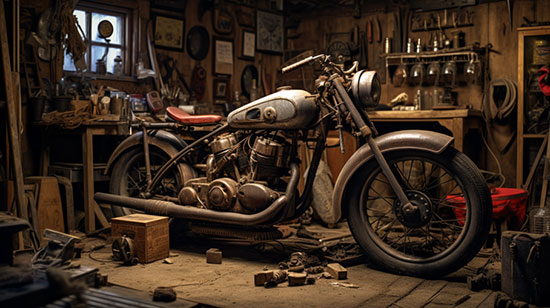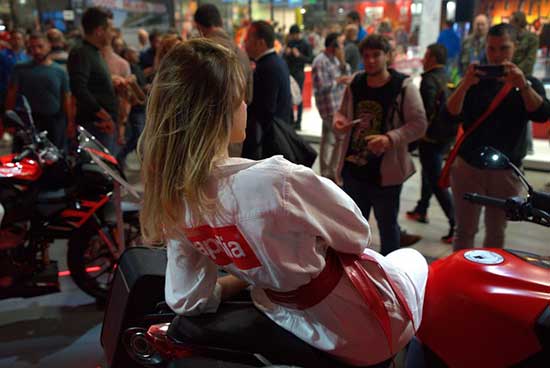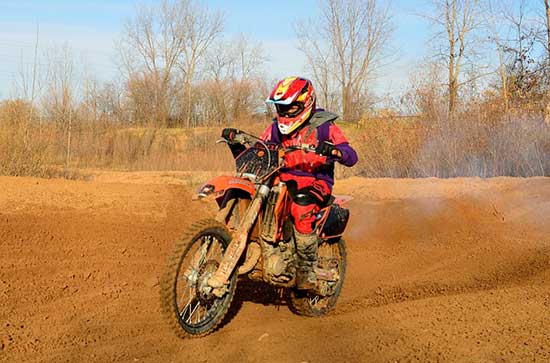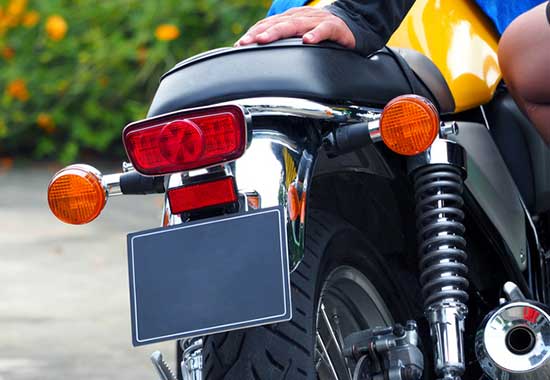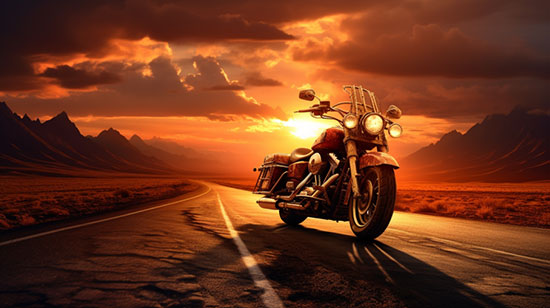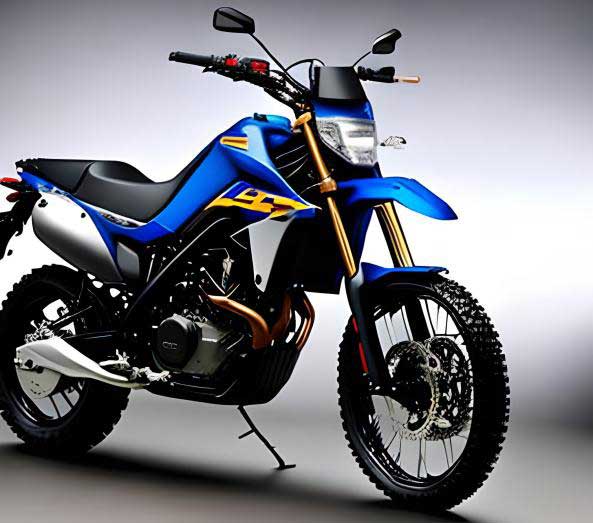When it comes to motorcycle riding, a beautiful sunny day can quickly turn into a sweltering experience. But when is it actually too hot to ride a motorcycle safely? Let’s see.
Contents
Temperature
Comfortable Temperature Range
Every rider has their own comfortable temperature range, which can be influenced by factors such as personal preference, riding experience, and the type of gear they’re wearing.
Generally, a temperature range of 60°F to 80°F (15°C to 26°C) is considered comfortable for most riders.
Extreme Heat Effects
Extreme heat can affect both the rider and the motorcycle. For the rider, heat can lead to dehydration, heat exhaustion, or even heatstroke.
For the motorcycle, high temperatures can cause the engine to overheat or tire pressure to increase, affecting performance and safety.
Safety Tips
Dress Appropriately
Wear breathable, moisture-wicking clothing that provides proper ventilation while still offering protection.
Mesh jackets, ventilated gloves, and moisture-wicking base layers are good options to consider. Don’t forget to wear a helmet with proper ventilation as well.
Hydration
Stay hydrated by drinking water before, during, and after your ride. Carry a hydration pack or water bottle with you, and consider adding electrolyte supplements to your water to replace lost minerals.
Ride During Cooler Hours
If possible, schedule your rides for the early morning or late evening when temperatures are lower. Avoid riding during the hottest part of the day, typically between 10 AM and 4 PM.
Frequent Breaks
Take breaks every hour or so to rest, cool down, and rehydrate. Find a shady spot or air-conditioned space to help your body recover from the heat.
Sunscreen
Apply sunscreen with an SPF of 30 or higher to any exposed skin before your ride, and reapply as needed throughout the day.
Heat Exhaustion
Symptoms
Heat exhaustion is a heat-related illness that can occur when your body is unable to cool itself properly.
Symptoms can include heavy sweating, weakness, dizziness, headache, nausea, vomiting, and a fast, weak pulse.
Prevention
To prevent heat exhaustion, follow the safety tips outlined above, such as staying hydrated, dressing appropriately, and taking frequent breaks.
Tips
If you suspect you or someone else is experiencing heat exhaustion, immediately move to a cooler, shaded area and rest.
Remove any excess clothing and drink water or sports drinks to rehydrate. Apply cool, wet towels to the body, or take a cool shower if possible. If symptoms persist or worsen, seek medical attention.
Bike Maintenance
Engine Overheating
Extreme heat can cause your motorcycle’s engine to overheat, leading to decreased performance and possible damage.
Keep an eye on your engine temperature gauge and stop to let your bike cool down if necessary. Ensure your coolant levels are adequate and that your cooling system is functioning properly before heading out on a hot day.
Tire Care
Heat can also affect your tires by causing the air pressure to increase, which can lead to uneven wear or even a blowout.
Check your tire pressure before and during your ride, making adjustments as needed to maintain the recommended pressure.
Heat Stroke
Symptoms
Heat stroke is a life-threatening condition that occurs when your body temperature rises to 104°F (40°C) or higher.
Symptoms can include a high body temperature, altered mental state, confusion, hot and dry skin, rapid heartbeat, and loss of consciousness.
Prevention
Prevent heat stroke by following the same safety tips for avoiding heat exhaustion, such as staying hydrated, dressing appropriately, and taking breaks.
Be extra cautious if you have a history of heat-related illnesses or are taking medications that affect your body’s ability to regulate temperature.
Conclusion
Ultimately, deciding when it’s too hot to ride a motorcycle is a personal decision that depends on your comfort level, experience, and the specific conditions of the day.
However, by following the safety tips and recommendations provided in this article, you can better protect yourself and your motorcycle from the dangers of extreme heat. Always listen to your body and prioritize your health and safety above all else.

